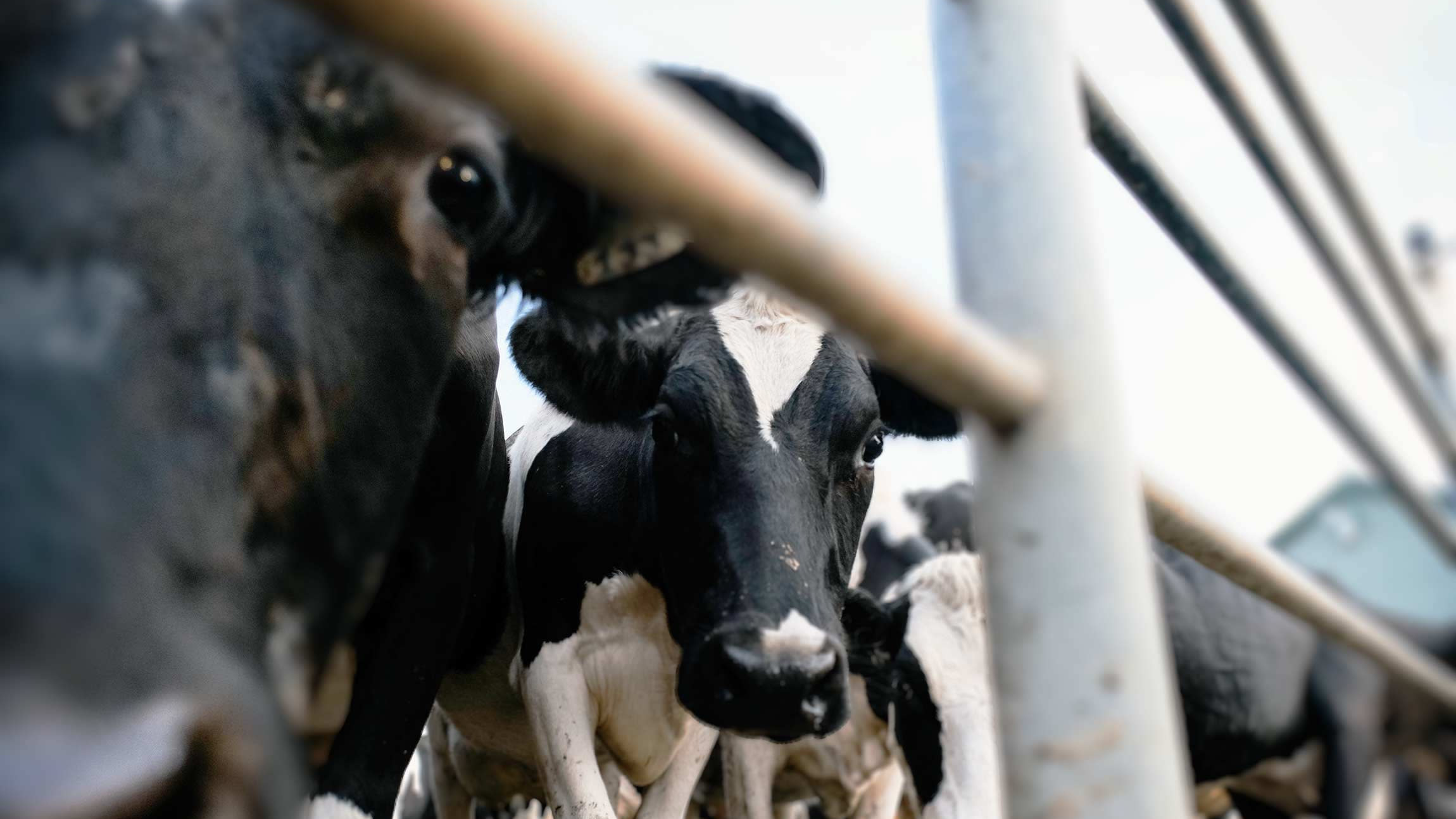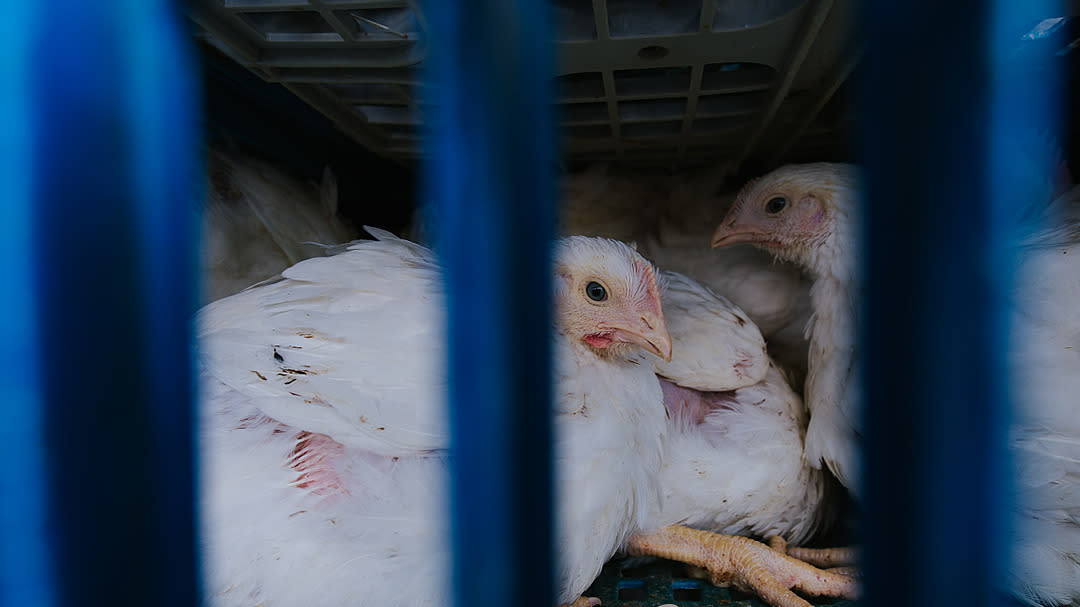USDA Orders Milk Be Tested for Bird Flu. Here’s What They’re Not Telling You.





Milk with a side of bird flu? Hard pass.

In December 2024, the USDA dropped a bombshell: The nation’s dairy supply will be tested for bird flu.
Let that sink in for a moment. Milk. Testing. For a virus better known for devastating chicken flocks. If that doesn’t make you question how deeply our food systems are connected—and just how fragile they are—let’s dig into what’s really going on.
Consider the ongoing avian flu crisis. The poultry industry has been battling its latest outbreak since 2022—and newsflash: it’s not going well. In an effort to stop the spread, factory farms have brutally killed more than 100 million birds. Their method of choice? Ventilation Shutdown Plus (VSD+), where animals are literally cooked alive by sealing barns, cutting off oxygen, and cranking up the heat. Quick? Hardly. Humane? Not even close. Legal? Sadly, yes.
But wait. How are cows getting bird flu?
It’s still an open question—though experts are still speculating how the problem escalated so quickly—but already 866 herds across 16 states have been confirmed with the infection. On December 18, the governor of California declared a state of emergency in response. Authorities are right to be concerned because when viruses jump species they threaten us all. Remember H1N1? That pandemic spread from an industrial pig farm. The COVID-19 pandemic that killed millions of people should serve as another global wake-up call. A recent Science article showed that the avian flu genotype currently infecting dairy is only one mutation away from being human specific—meaning, its ability to bind with receptors in human cells makes it transmissible between humans. (Recently, the first human case of severe illness caused by avian flu was confirmed in Louisiana.)
And yet factory farms continue to cut corners and tempt fate with our health. Did you know that poultry litter—that’s right, chicken poop—is fed to cattle? Some genius in Big Ag saw poop as a cheap “protein source” for cows that could help magic away the industry’s chicken waste problem, and the rest is history. Yes, a waste product packed with bacteria like salmonella and E. coli; the industry considers it “food.” They’ve been doing it for years.
Feeding chicken poop to cows isn’t the only way factory farms are playing fast and loose with your health.
Here’s the thing: Factory farms didn’t invent bird flu, but they’ve predictably turned it into a monster. Thousands of suffering animals with depressed immune systems crammed into tight spaces with no fresh air or room to move—what did we expect would happen? Humans couldn’t have designed a more perfect breeding ground for deadly diseases.
The link between factory farming and pandemics is well established. You might think that “culling” 100 million birds whose bodies can’t be sold into the human food supply chain might make the industry think twice about its practices. But think again. The US government has been awarding companies like Tyson Foods with millions in taxpayer dollars to conduct their brutal killing operations, undermining any business incentive to confront the root cause or lower the risk of an even deadlier factory-farm-fueled outbreak.
Are we doomed?
It’s easy to look at this and feel defeated. The scale of the problem—millions of animals, billions of dollars, and countless lives at risk—it feels massive, almost untouchable. But is it inevitable? No. The system perpetuates this cycle, and systems can change.
What we’re seeing isn’t some natural disaster—it’s a human-made crisis fueled by choices. Choices to prioritize profits over safety. To cut corners with animals, and by extension, public health. But just as choices created this mess, they too can fix it.
We know this because THL, along with our partners, have already eroded the power of the factory farming industry in 90 countries around the world. Donations from caring individuals have enabled us to wage—and win—campaigns against the world’s biggest and most powerful animal abusers. Every victory has the potential to spare millions more animals from the most extreme forms of suffering, and piece by piece transform our broken food system.
If the threat of bird flu in cow’s milk can teach us anything, it’s that we can’t delay a moment longer to rise up and confront the powerful corporations and lawmakers who have the power to end this atrocity.
We must end factory farming.
You can donate right now to help us do just that—and today, through the end of December, every dollar you give will be matched by a caring donor who wants factory farming to end as much as you do.




